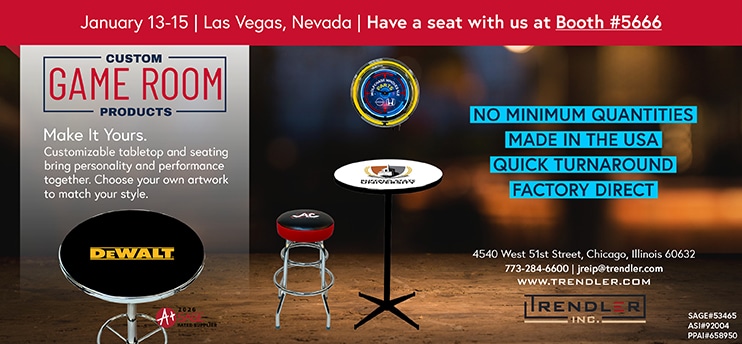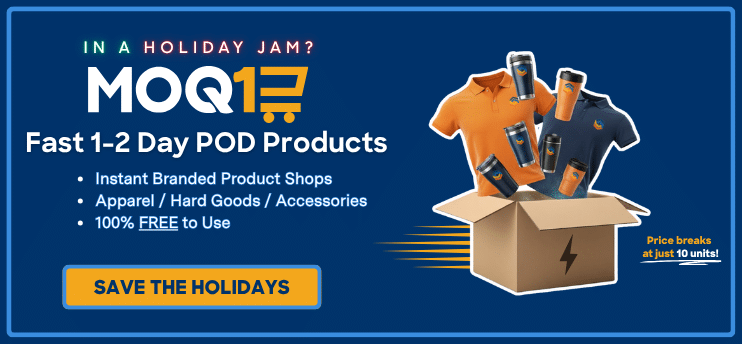That’s how long a promotional product has to win space in someone’s life or end up in the trash. In a world where attention is fleeting and brand competition is fierce, the success of a giveaway hinges on an immediate spark. A new consumer study from PPAI Research reveals what separates a branded item that gets used, remembered and loved from one that’s forgotten by lunchtime.
The message from consumers is clear: Make it useful, make it feel good, make it personal – and make it quick. For suppliers and distributors, the five-second window is not a limitation; it’s an opportunity. One good product, well-designed and thoughtfully branded, can do more in five seconds than a digital ad can in five days.
What Catches The Eye
More than half (54%) of consumers say they still have the last promo product they received, and nearly two-thirds (61%) say they clearly remember the brand that gave it to them.
As for what helped them remember, 57% said the logo or brand name was clear and visible, while 44% saw or used the product frequently (see Figure 1).
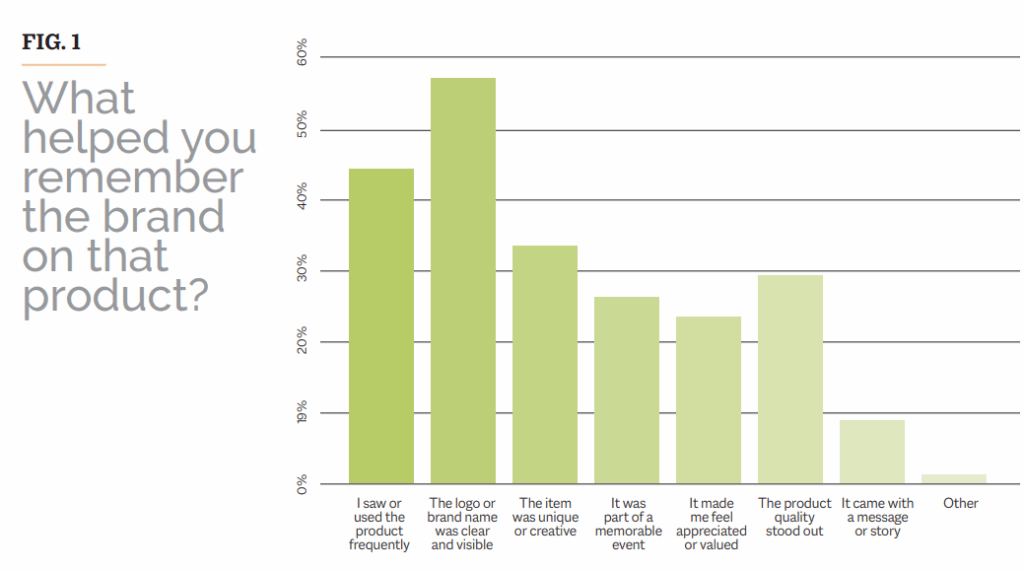
As for why consumers keep branded items in the first place, 2 out of 3 respondents said usefulness is the top reason, while nearly half cited style and quality. There can be many definitions for the latter – many respondents mentioned receiving branded items from well-known brands like Nike, Stanley or Apple.
“A great promo product gets seen and kept,” says Alok Bhat, market economist, research and public affairs lead at PPAI. “That’s how it builds real brand value.”
But quality isn’t just visual, as respondents often described a product’s weight, feel and texture as indicators of its value. After all, the sense of touch is what separates promo products from all other forms of advertising. Does this pen feel light like plastic or heavy like it’s made of sturdier materials like metal or wood? Same goes for apparel – does this shirt feel itchy and stiff, or is it soft and luxe?
Nearly 70% of respondents said that high-quality materials or finishes make a promo product look and feel premium (see Figure 2).
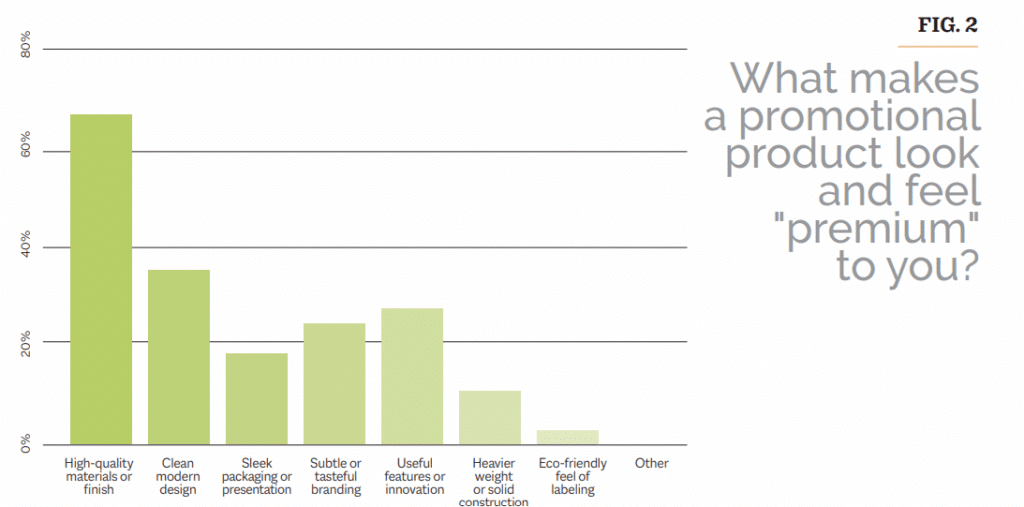
Design That Delivers
While use and quality are incredibly important in deciding whether someone takes and keeps a promo item, the design could turn a client away before they even pick it up.
Nearly 90% of survey respondents said design plays a role in their decision to keep a product (see Figure 3), and 44% preferred subtle branding over big, bold logos.
However, subtle doesn’t mean do away with logos or branding. Remember: Nearly 60% of respondents said that a clear and visible logo or brand name helped them remember the product brand. Consider imprinting a smaller logo or using a more timeless font while still ensuring that it remains readable and recognizable.
“Design is the dealbreaker,” Bhat says. “It tells people in a moment if your brand is worth their attention.”
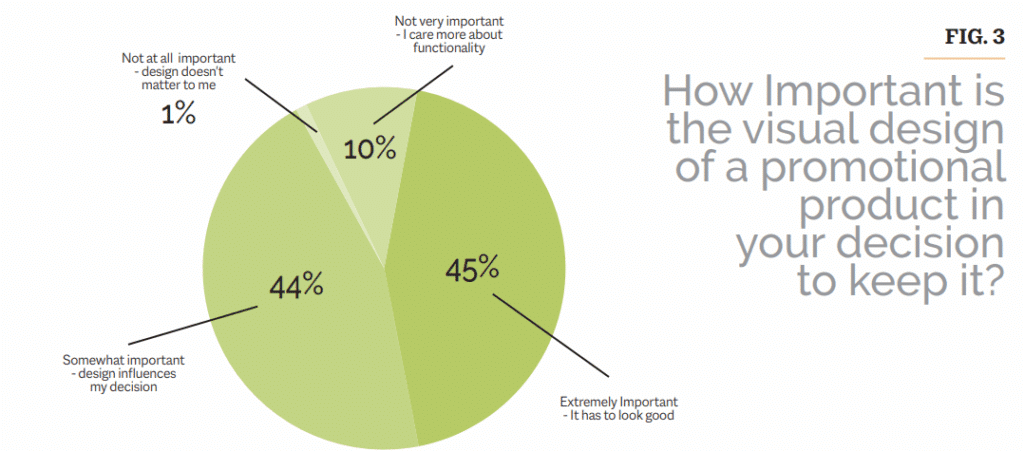
Personalization Creates Emotion
More than one-third (36%) of consumers say some promo products make them feel emotionally connected to a brand. This emotional tie can strengthen brand loyalty and increase the likelihood of repeat purchases.
Adding personalization can increase that emotional connection, as nearly half of respondents (48%) said that a personalized item (e.g., with your name, initials or role) is more memorable. Furthermore, 48% said that receiving a short, personal message or note would make the promo product more meaningful.
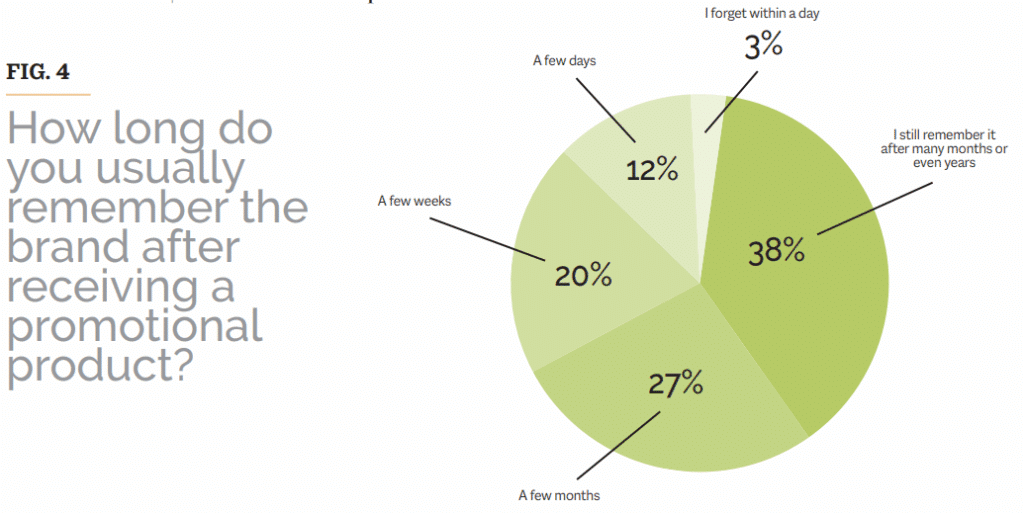
“Personalization turns a product into a message,” Bhat says. “When it feels personal, it sticks.”
One respondent mentioned a nice journal they received, saying “What stood out was that it came with a handwritten welcome note and a QR code linking to job opportunities. That small touch made the brand feel thoughtful and professional; it definitely left a strong, positive impression.”
Memory Triggers Are Marketing Wins
The data doesn’t lie – promo products leave a lasting impression, with 38% reporting that they still remember the brand months or even years after receiving a branded item (see Figure 4).
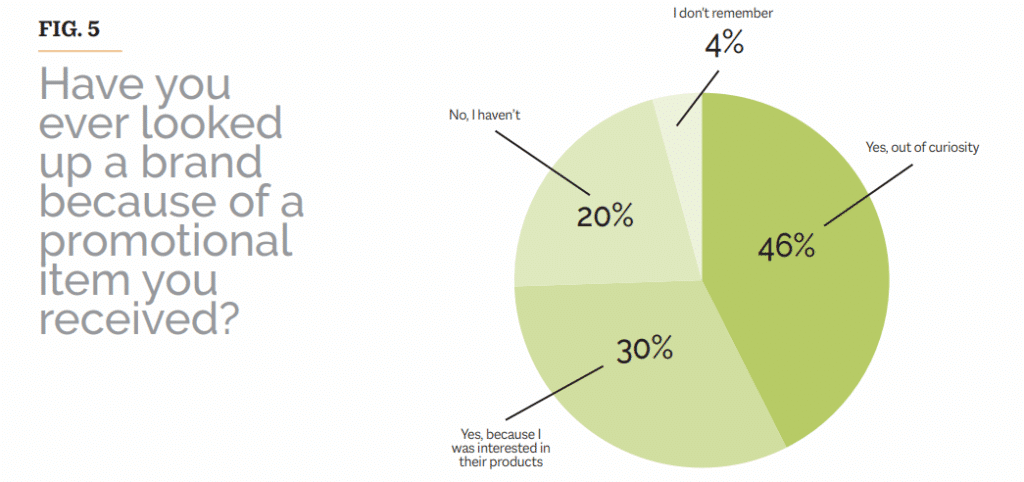
Not only do recipients remember, they also take action. More than three quarters (76%) of respondents looked up the brand of a promo item they received either out of curiosity or interest in its services (see Figure 5).
And here’s the big takeaway: Nearly the same percentage (72%) said that they have made a purchase from a brand because of the promo product they’d received (see Figure 6).
“The best promo products don’t just spark awareness, they spark action,” Bhat says. “When people remember, they engage.”
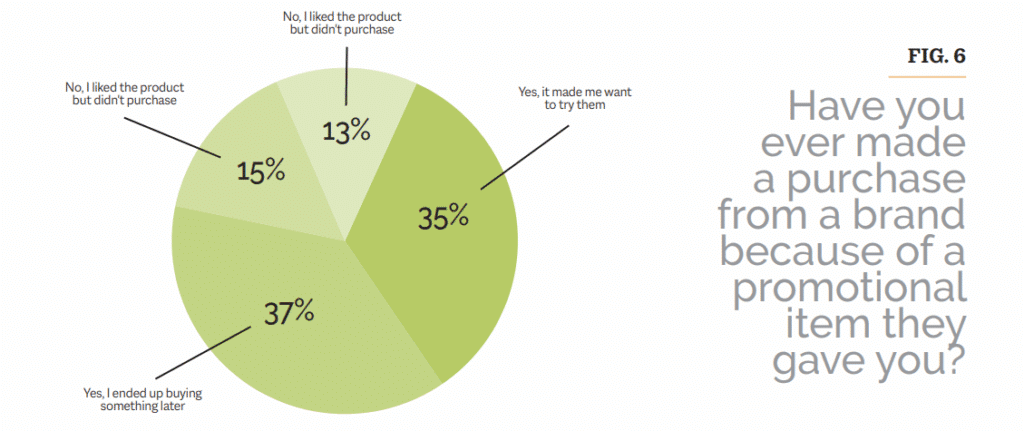
What Gets Tossed?
Why have consumers kept the most recent promo product they received? Well, 57% say it’s useful in their daily lives, and 42% said it looks good and felt high-quality.
While we’re all taught not to judge a book by its cover, consumers can’t help but reject a promo product that doesn’t match the aesthetic they’re seeking. What turns over 60% of respondents away from products immediately is poor material or construction (see Figure 7), followed by boring or generic designs (38%) and if it’s something they already have too many of (37%).
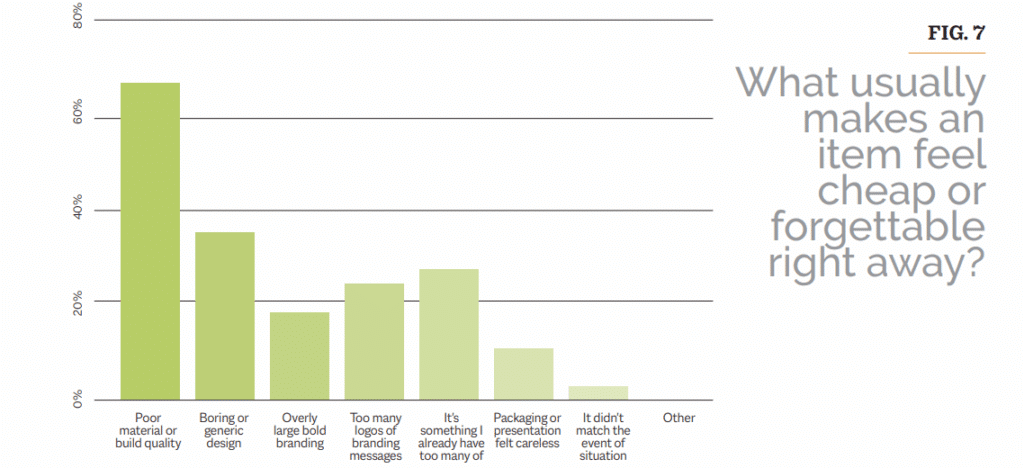
“In the promo world, cheap feels expensive,” Bhat says. “A low-quality giveaway doesn’t just get trashed – it can drag your brand with it.”
Don’t jeopardize your five-second impact to be economical. Think of it as a long-term investment that will bring you plenty of ROI.
Brookshire is a freelance writer and former PPAI Media intern.

